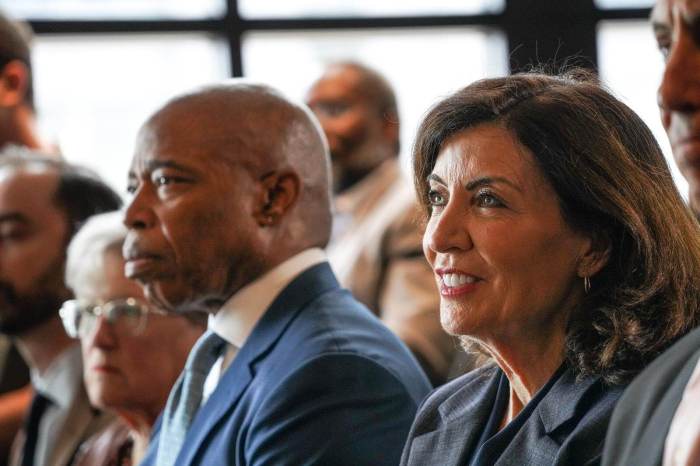
While a recent essay in a local paper said catcalling may be “validating,” for at least on woman’s ego, the practice isn’t flattery, and it “is not a courtship strategy,” according to David Givens, author of “Crime Signals: How to Spot a Criminal Before You Become a Victim” and an anthropologist who heads the Center for Nonverbal Studies in Spokane, Washington.
Rather, street harassment is usually an aggressive way of testing vulnerability.
“Sexual predators do this routinely to find victims who will be less likely to fight back. Child molesters look for diffident signals in groups of children to identify the most vulnerable,” Givens explained.
Street harassment occurs more frequently in cultures where women do not enjoy gender equality. (It’s less prevalent in Stockholm, for example, than in Cairo.) Making unsolicited comments about a woman’s body or calling her a name is a way to remind her of her inferiority and vulnerability while asserting dominance.
When practiced by more than one man at a time, catcalling fortifies fraternal bonds and friendships.
“Two men feel psychologically closer to each other if they’ve ‘aggressed out’ together” towards a common target, Givens explained.
Aggressing collectively on a vulnerable third party makes the aggressors feel “feel very close knit,” he explained.
The good news? Most men do not engage in obnoxious behavior to make women feel uncomfortable, conspicuous or frightened. “The average person is not a catcaller. The average person is a pretty nice person,” Givens said.
The best response to such offensive behavior said Givens, is typically to ignore it. Responding, he explained, “gives implicit permission for them to come back at you with a ramped up response. You put yourself at some risk by interacting at all.”

















